











Mastering is the final stage in modern music production. It strives to create cohesion between a collection of recordings in a release and to help sonically contextualize them within a genre or era. An often-misunderstood discipline, Mastering is perhaps best compared to framing visual art. By framing a collection the right way, the engineer helps the listener zoom out from the individual brushtrokes of the composition to hear the bigger picture of the song, the moments of impact, the album as a whole, and its orientation in the greater cultural world.
“You can make one note seem gigantic if you frame it right. A slight tilt of the frame and something pedestrian reveals itself as something grand.” – Philip Toshio Sudo
From a technical standpoint, specialized, transparent tools are used in a well-tuned acoustic environment with an exceptional conversion and monitoring chain. When combined, these enable the fine-grained decisions necessary to take a record to its ultimate form. Specific file-sets are created for hi-resolution digital distribution, cassette and CD duplication, and vinyl pressing. We do not currently cut lacquer masters for vinyl production, but can recommend engineers who do.
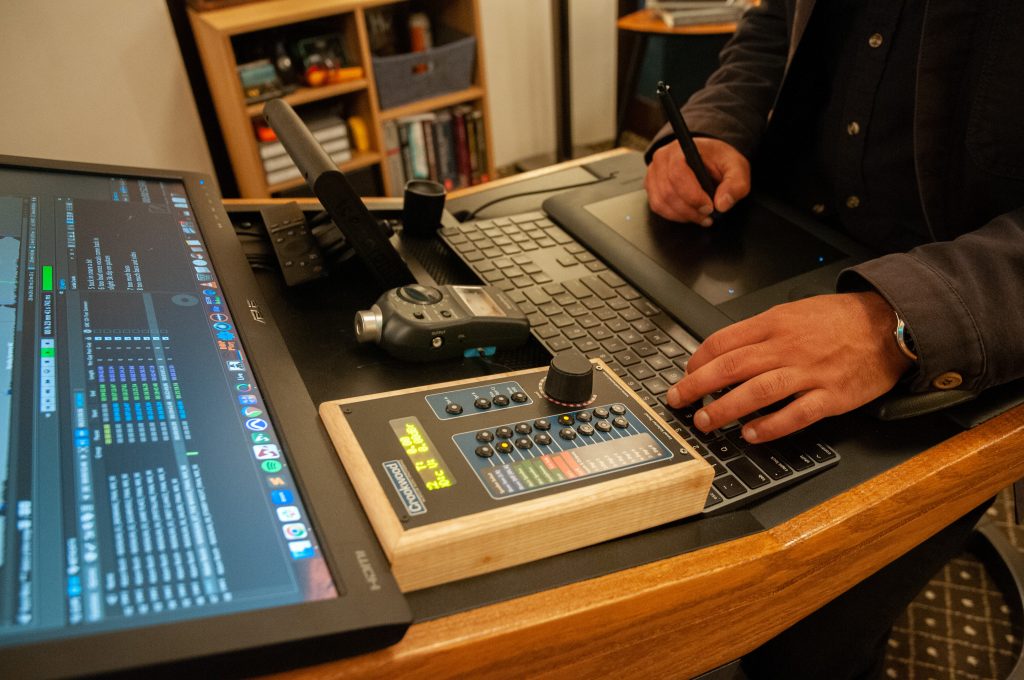
As a lifelong musician, Amar approaches mastering with a specific empathy for the artist’s perspective, priding himself on transparent communication. His approach to mastering involves three main processes. These processes are very transparent, or can be colorful as well depending on the artist’s desired sound. There’s no need to worry about mixes that you’re happy with coming back sounding totally different than what you last heard; this stage is much more of a final polish.
First, the recordings are adjusted slightly so that they all sit well together as a collection, both sonically and also in a sequence. This can also involve setting track spacing, fade-ins or -outs, track overlaps, hidden tracks, and more.
Then, we ensure that the tracks sit well in the current repertoire of similar music – that they hold up to the volume or sonics of other tracks by similar or desirable artists across a variety of playback systems.
Finally, we prepare the files for release – organizing titles and tags, the right files meeting the right standards for digital distribution, CD and cassette duplication, vinyl pressing, etc. All file sets and parts are included in our rates.
MACRO operates under the premise that a studio should not be a financial barrier to art-making. We offer sliding-scale rates and always find a way to work with artists, regardless of their budgets.
Get in touch to learn more or schedule your project today.
32-bit “floating point” or 24-bit wav or aif files at the existing project sample rate will work best. There is no need to render your files at a higher sample rate. If 16-bit files are all that is available, we can work with them. Please do not convert mp3, m4a or other file formats to wav or aif files – if these file formats are all that are available, please get in touch about your project first.
Please ensure your peak levels are below -1dBFS. Please do not use a peak limiter or any loudness or peak normalization on your master output bus. If your tracks have fade-ins or fade-outs on them, please include versions with and without the fade – we will use your fade as a reference, but it often sounds cleaner to re-create the fade at the mastering stage. If you’ve been listening to any “fake-mastered” versions throughout the process, please include those as well, so that we can use them for reference. If you require instrumental, a capella, TV or other versions of your song mastered, please include those as well. If you have specific ideas about track spacing and overlaps, we can accept and match the spacing from reference audio files for this purpose.
Please prepare any metadata in advance, including track and album titles, artist names, any ISRC or UPC\/EAN codes, label catalog numbers, and any other content you want embedded. If any of this information is in flux, we will just need it by the final delivery stage in order to properly embed all metadata in the production masters. If you or your mixer have any questions about files, formats, levels or other preparation, don’t hesitate to get in touch we’re happy to guide you through the process.
By default, we deliver hi-res 96kHz-24bit wav files, 44kHz-16bit wav files, and 320kbps mp3s. By request and free of charge, we deliver DDP images with PQ cue sheets for CD duplication, and full Side A/B wav files with cue sheets for Vinyl pressing and Cassette duplication. We can also deliver 48kHz-24bit wav files for video production and 128kbps mp3s for registration with Performing Rights Organizations such as ASCAP, BMI, SESAC, PRS, etc.
All production masters will be delivered on a password-protected link, which will expire after 30 days. You are responsible for storing, backing up and maintaining your production masters – while we meticulously backup and archive all projects, we do not accept responsibility for project storage after the project is complete.
You can upload your files to a digital distributor, such as DistroKid, The Orchard, CDBaby, and more, who will push your music to streaming services such as Spotify, Tidal, Apple Music, and others. All distributors except for CDBaby will allow you to upload the hi-res wav files – for CDBaby you should upload the 44kHz-16bit wav files. Digital platforms such as Bandcamp and SoundCloud will also accept the hi-res wav files. Some platforms will require you to re-enter the metadata for the files.
The mp3s we deliver are most useful for sharing your music in a compact way, but do not offer the highest-quality representation of your music.
For CD duplication, you should provide the plant with the entire DDP zip file that we provide. This file includes a DDP image, MD5 checksum for file validation, and a PQ cue sheet.
For Vinyl pressing and Cassette duplication, you should provide the full Side A/B files and cue sheet we deliver to you. The plants will need the cue sheet to determine where track start/stop times are within the full-side files.
Your mixer has detailed control over each individual recorded element – the levels, editing, EQ and effects for each instrument, such as the vocals, guitars, often each individual drum and cymbal of a drumset, and more. You can think of this similarly to the preparation and positioning of each individual element in a photographic composition. At the mastering stage, we’re working with a finalized mix – the photo has been taken, and we have control over the sonic versions of the brightness, saturation, and contrast. In practice, this means we have control over the overall sonic character of the song, the dynamics, and the general aesthetics. That said, mastering tools can be surprisingly adept at gently re-balancing a mix to draw out or control different elements, so if there are lingering mix issues you’d like to address, feel free to let us know and we can discuss whether they’re appropriate to tackle at the mastering stage.

















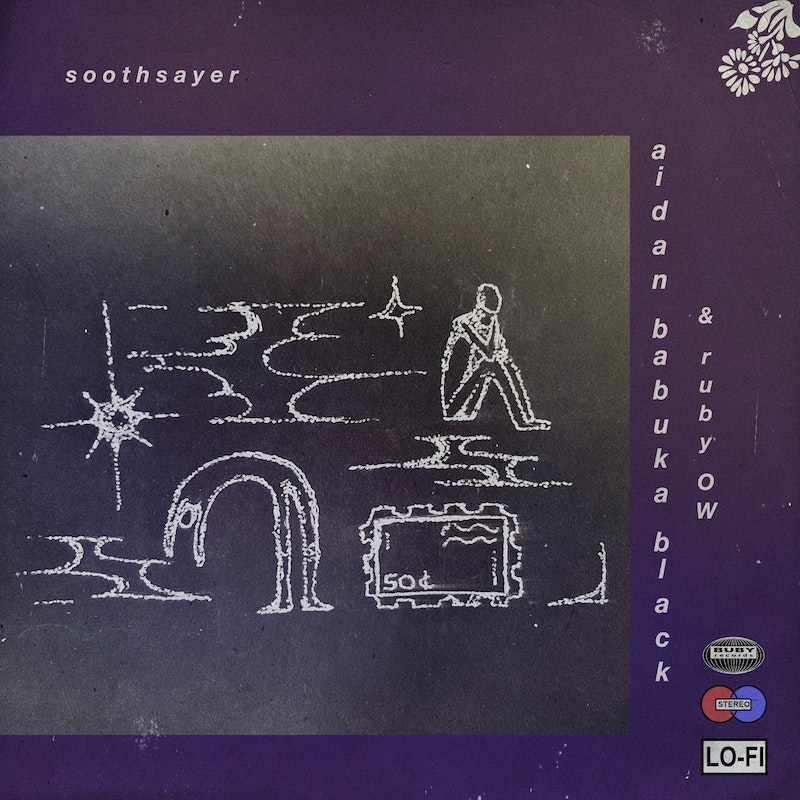
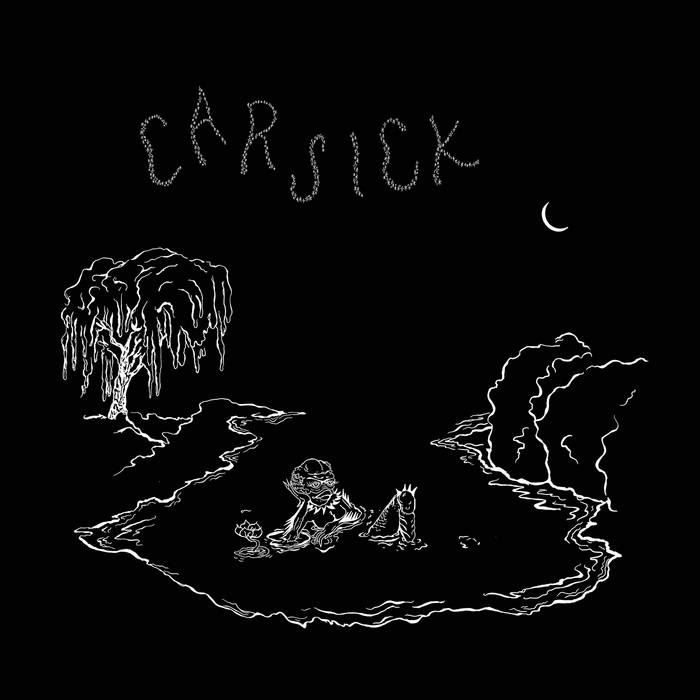

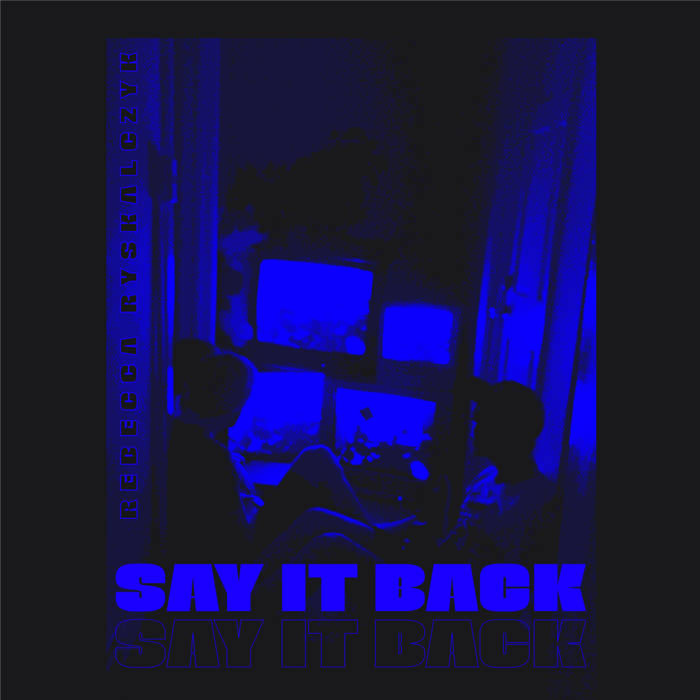
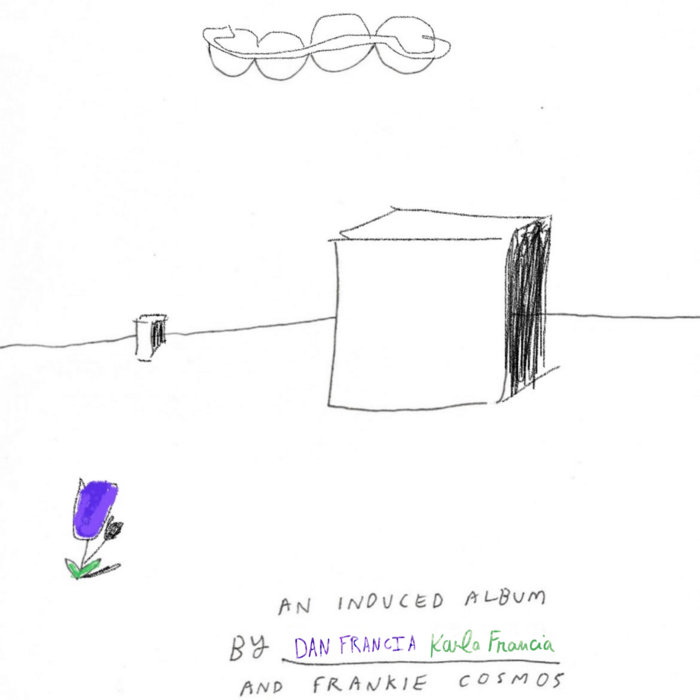



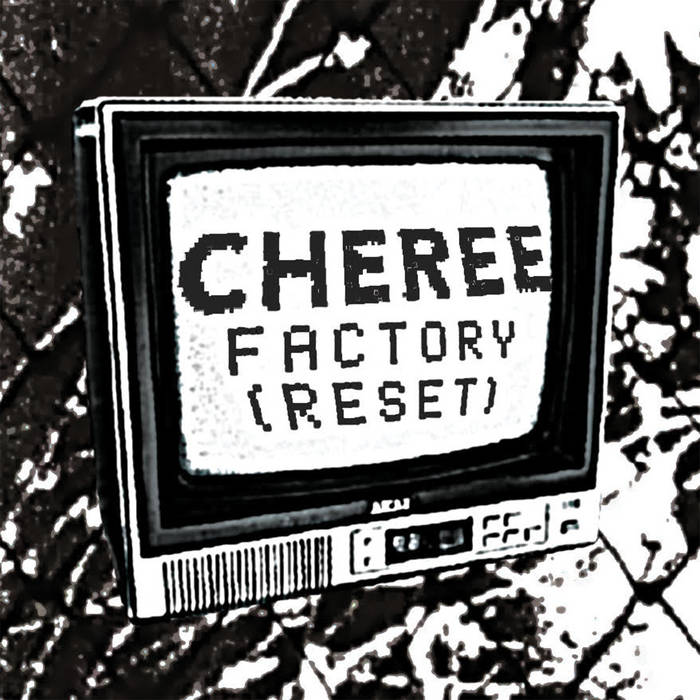
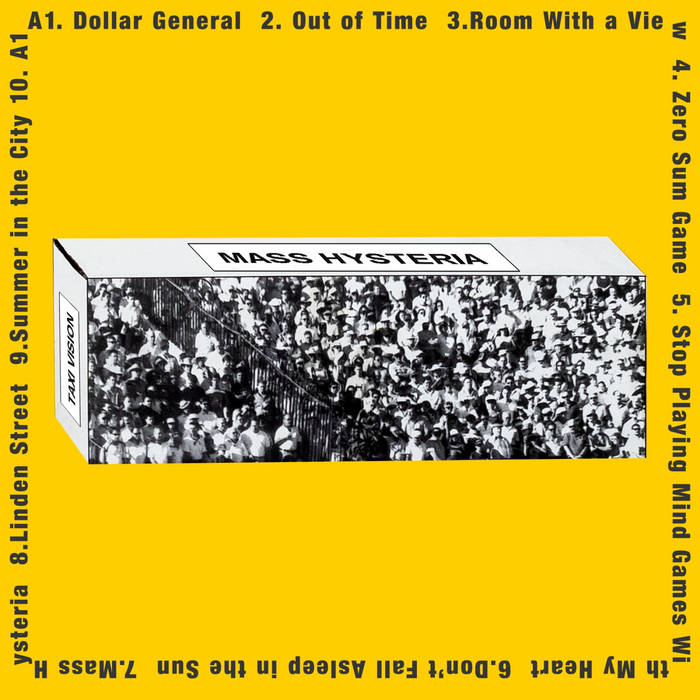










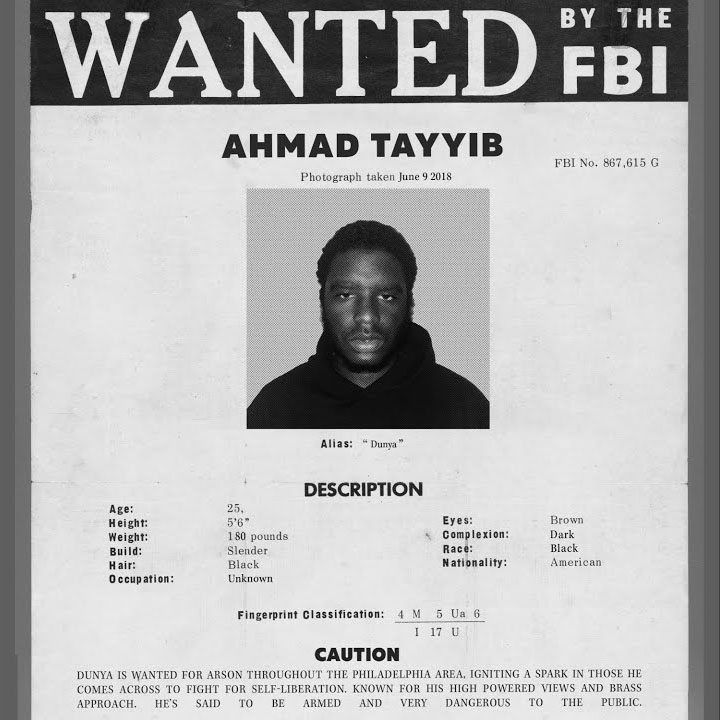











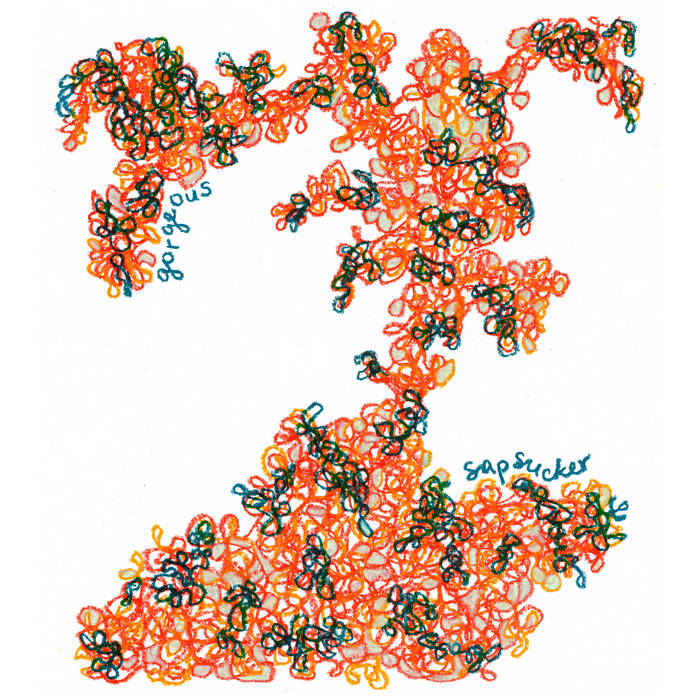





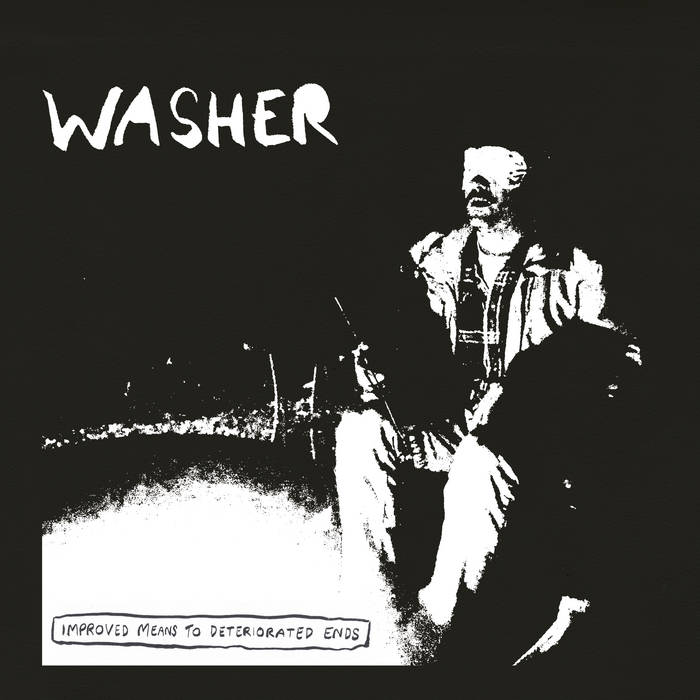

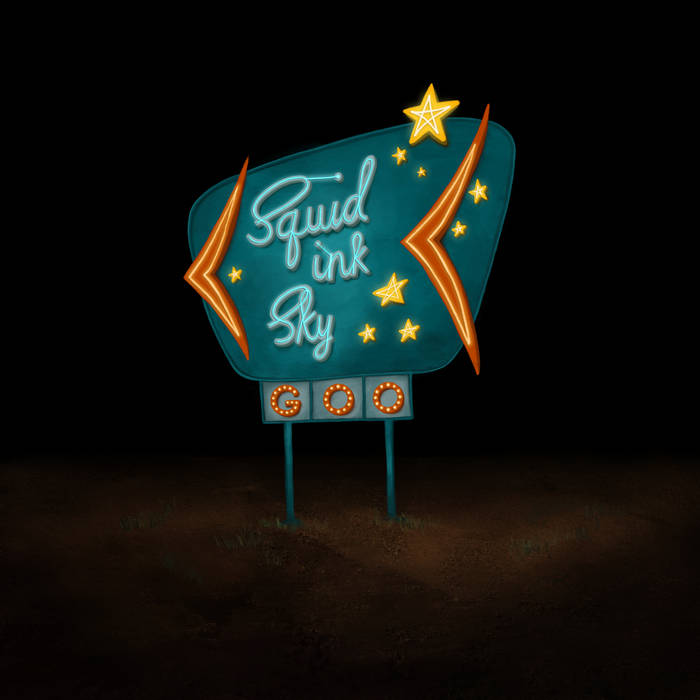












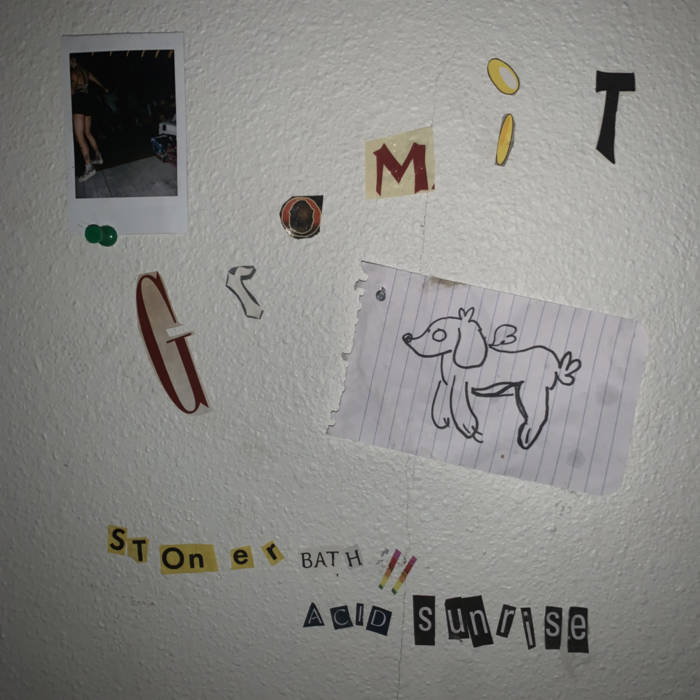





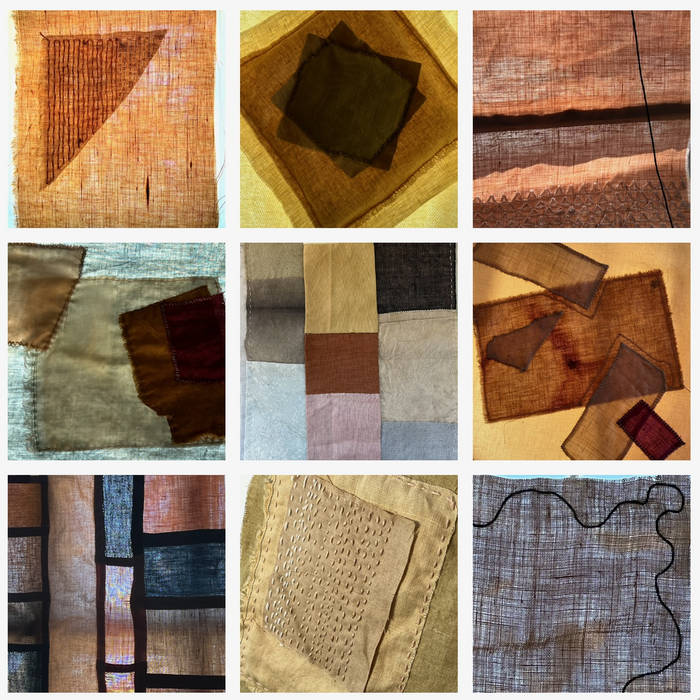








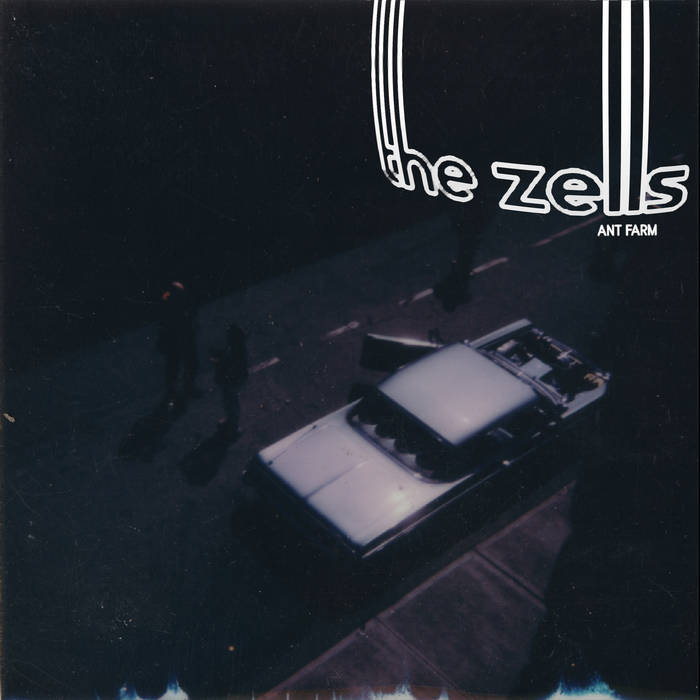







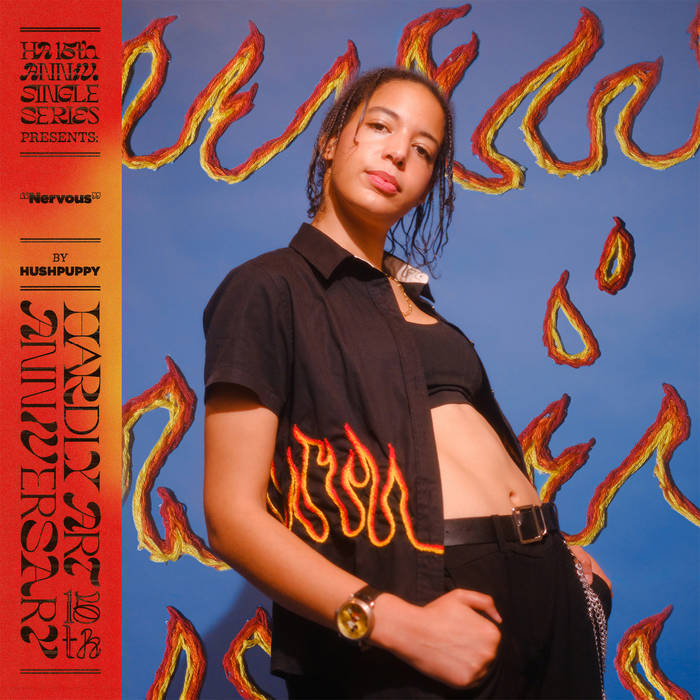


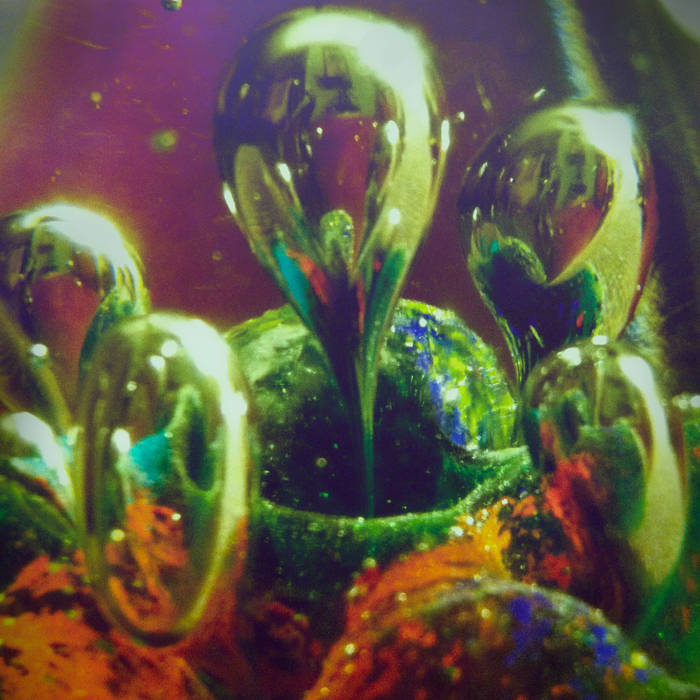





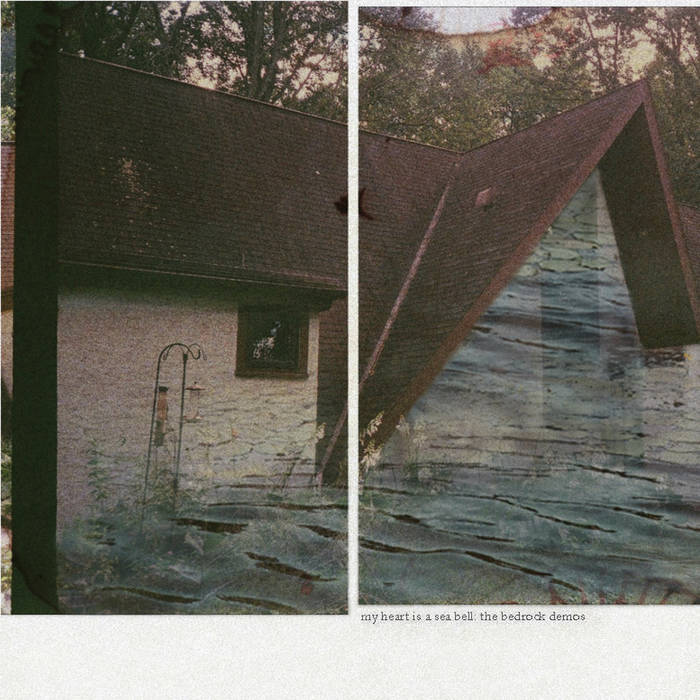


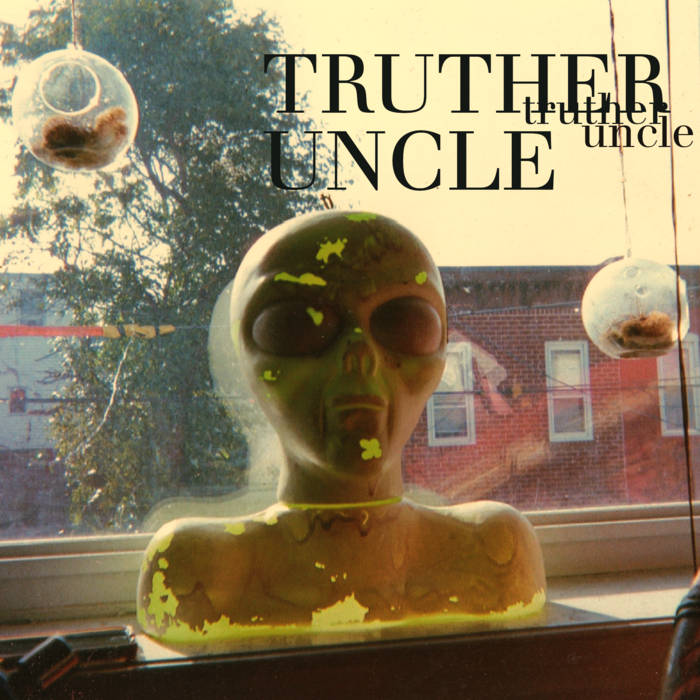
























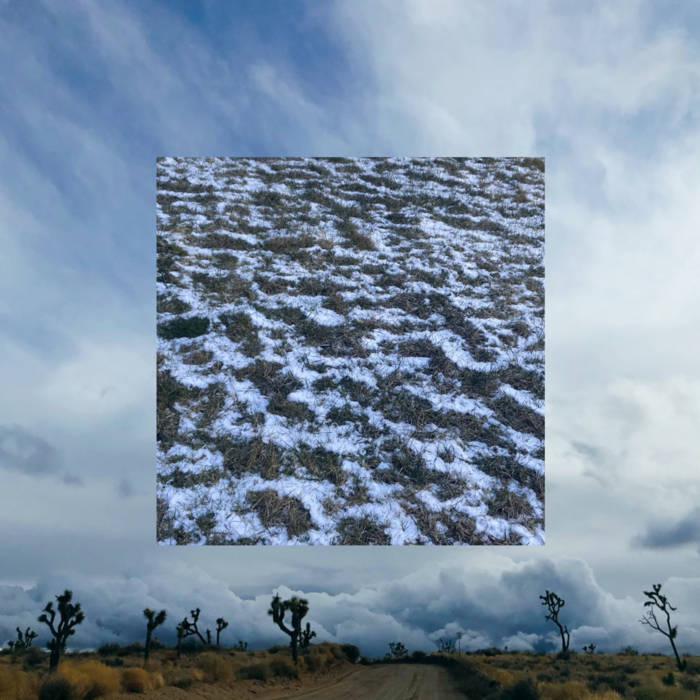











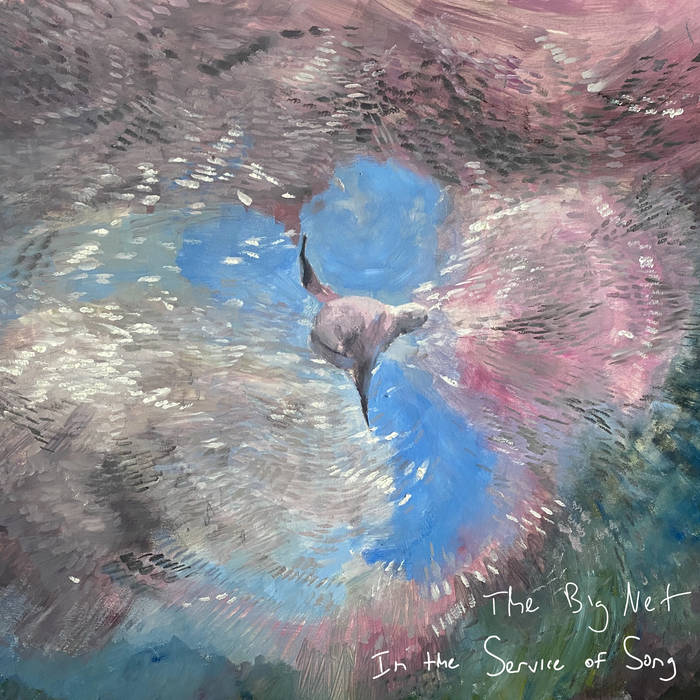

















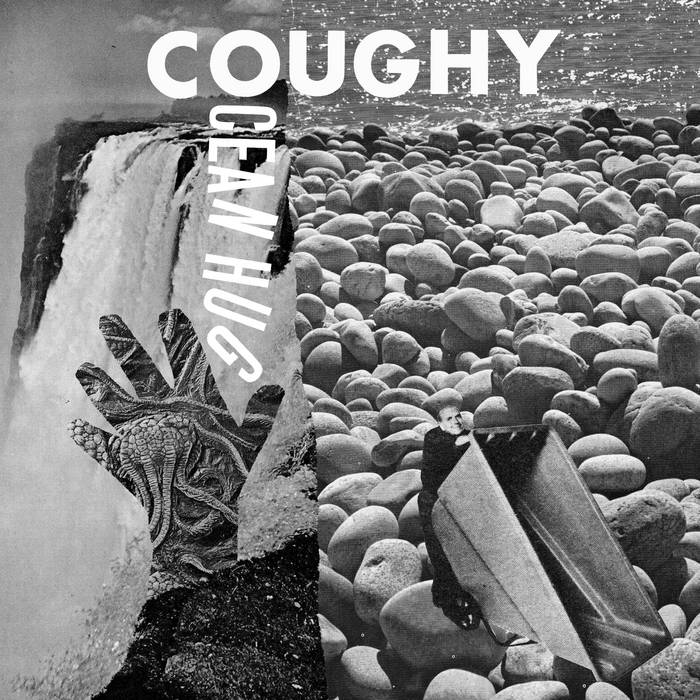



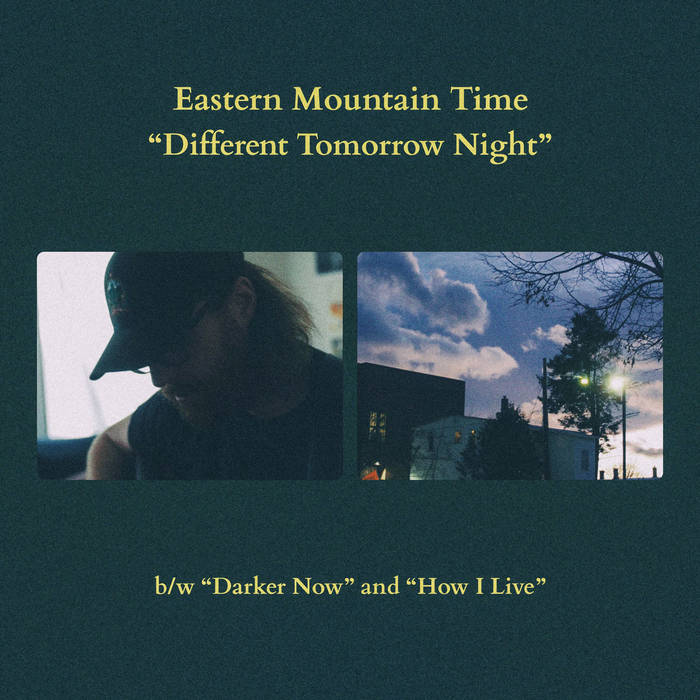





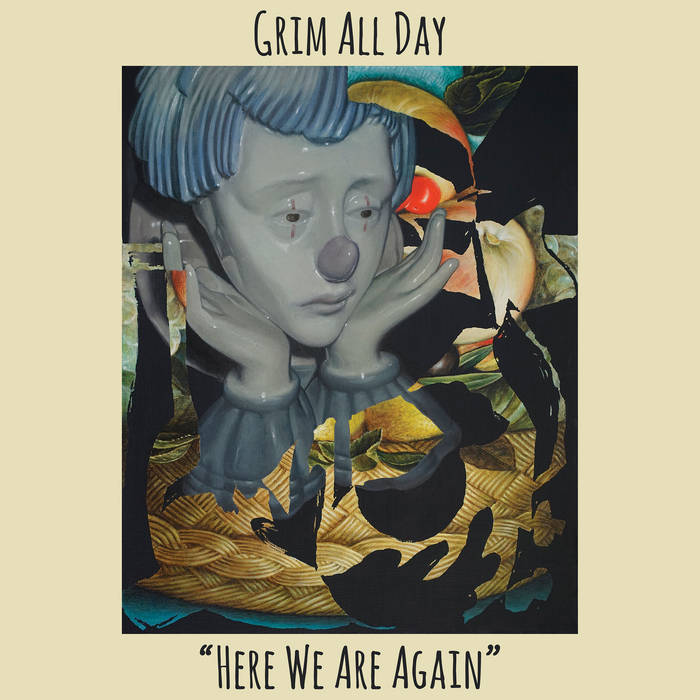


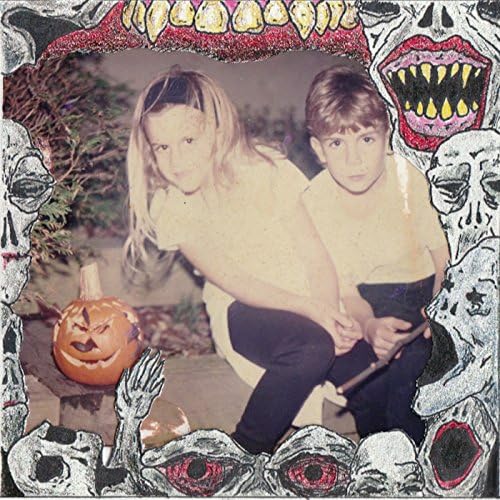

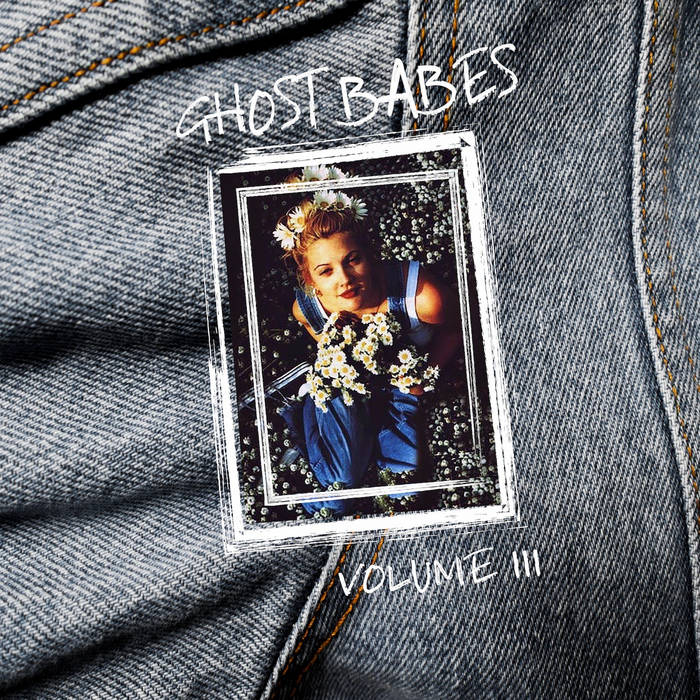
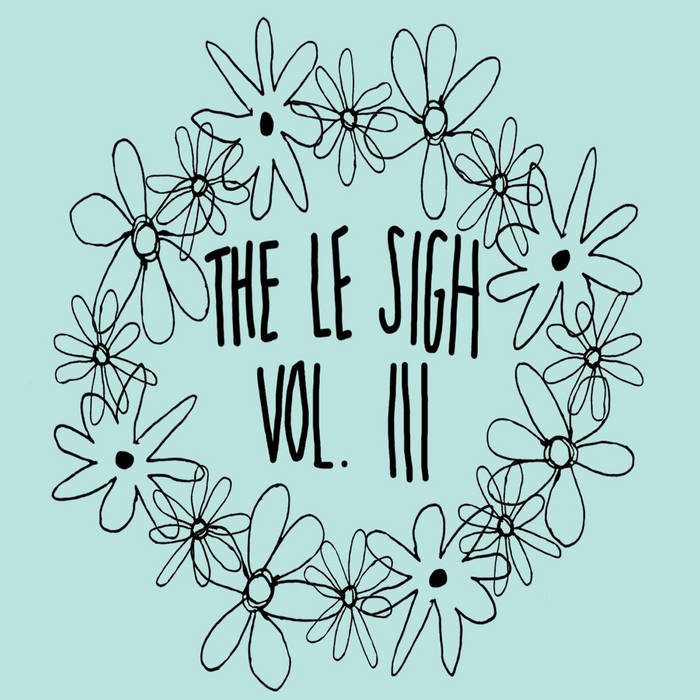
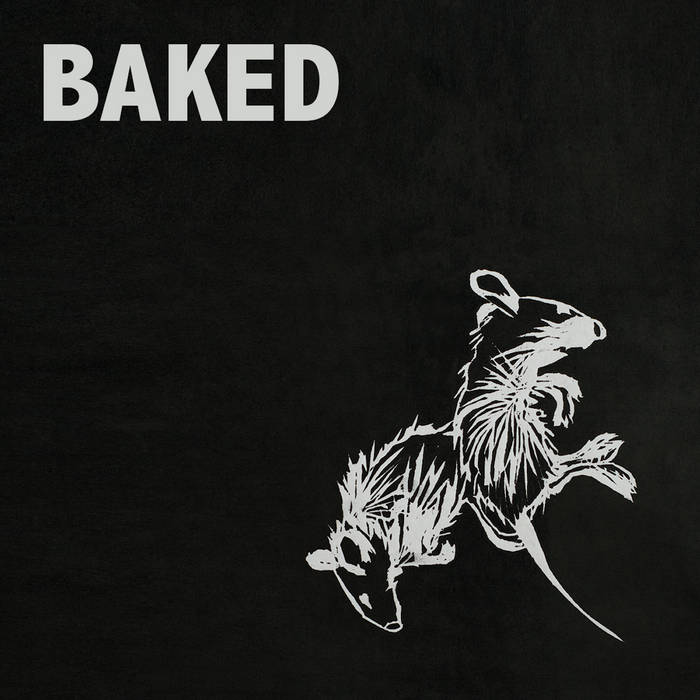
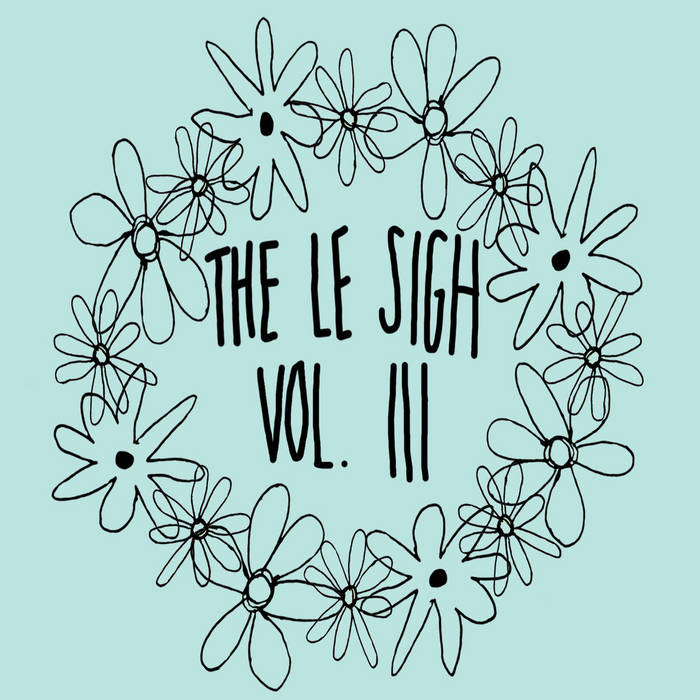






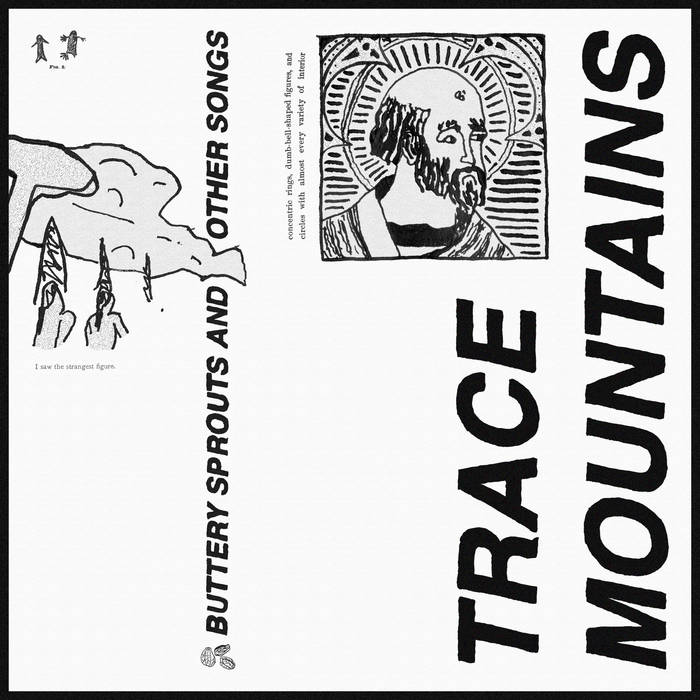




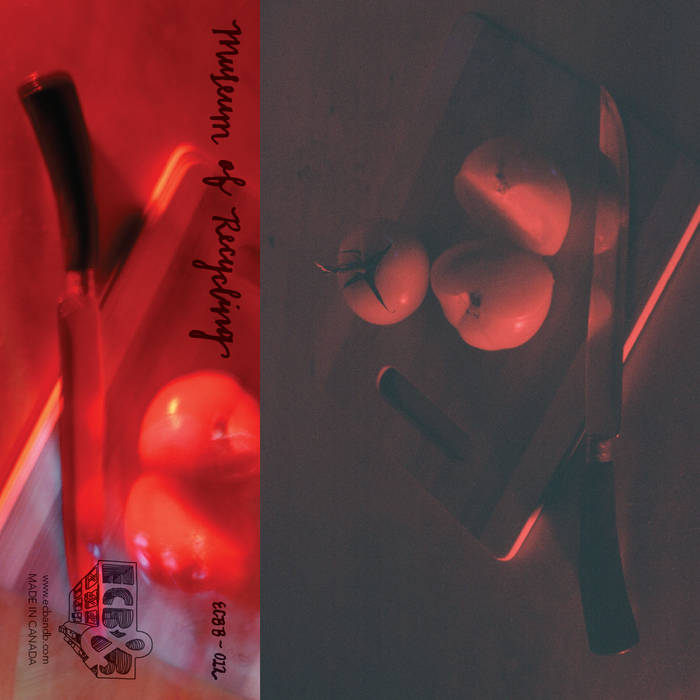









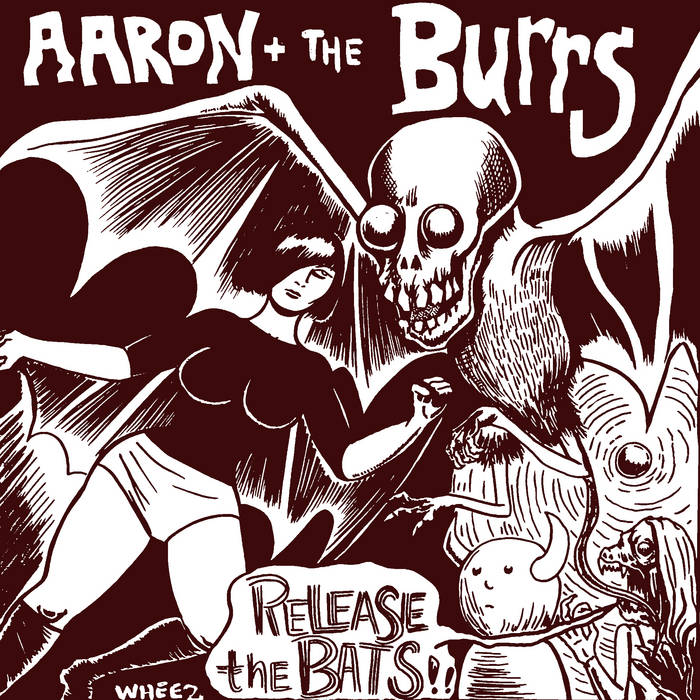

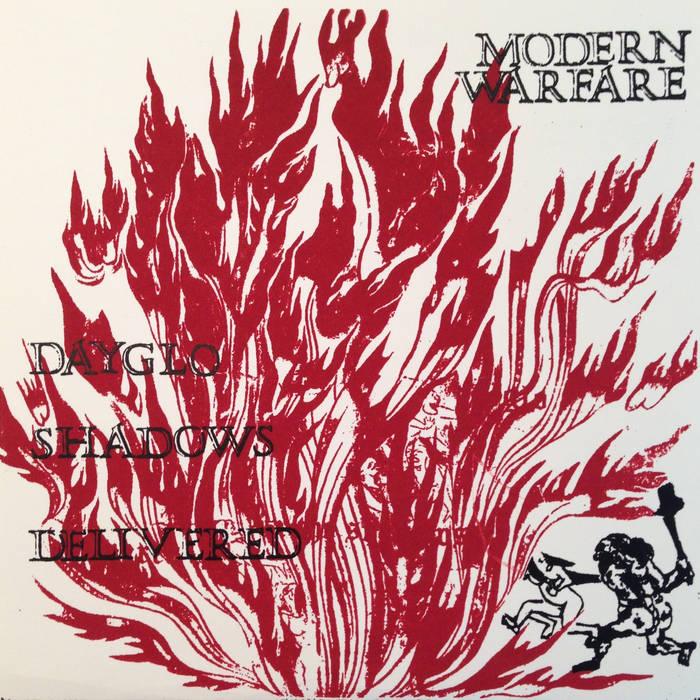







See Amar’s full discography here